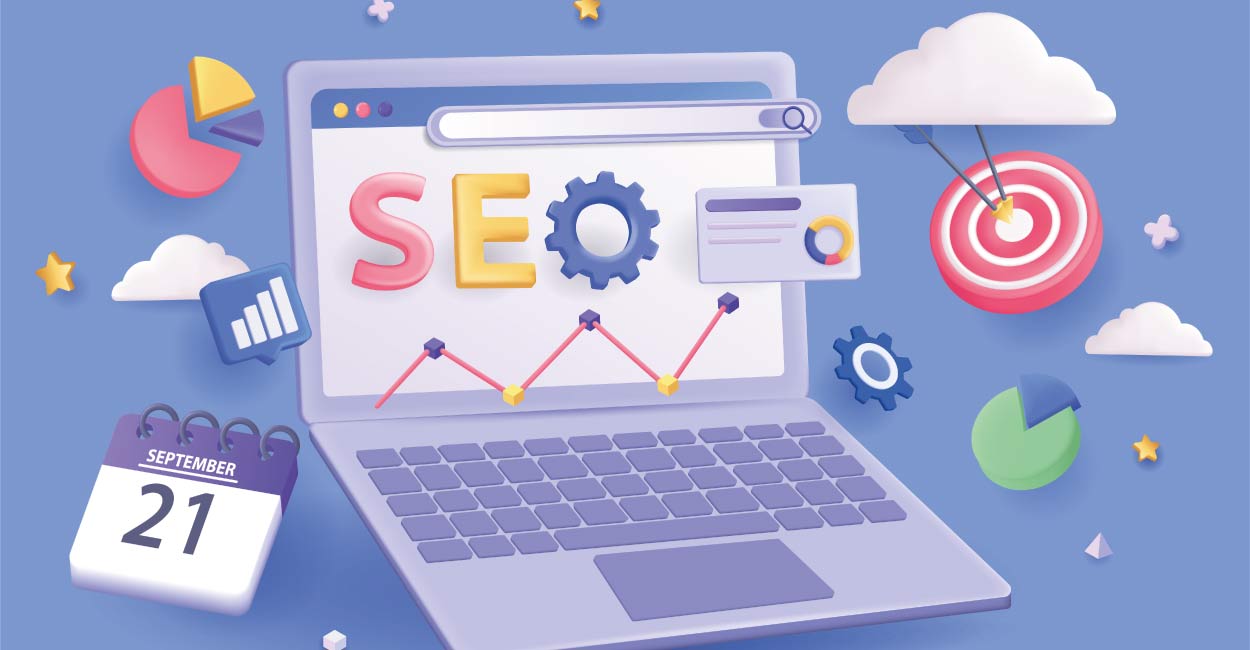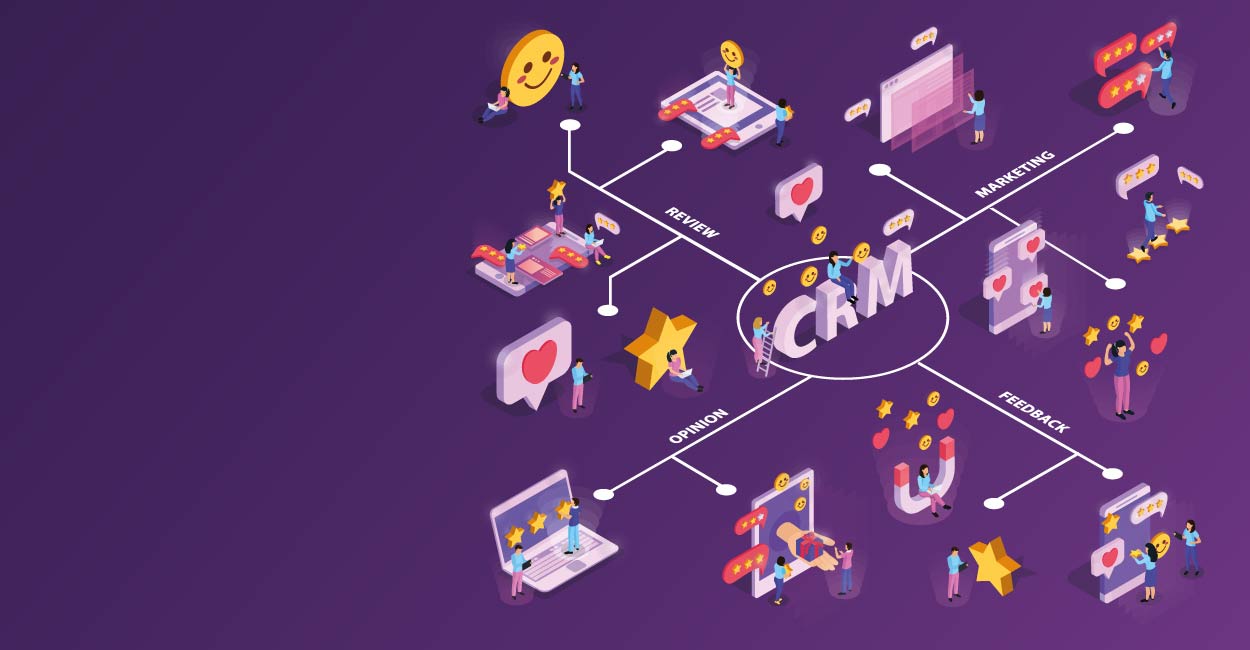Inbound Marketing is a methodology that was developed to help businesses grow online. The term inbound comes from the fact that companies attract customers, rather than going out to them. This is done through a variety of methods, all focused on providing value to potential customers.
Since it is a marketing strategy that helps you attract customers to your business through various online channels. In other words, it’s a way to get your business found by potential customers who are already interested in the product or service that your business offers.
The inbound methodology was developed by HubSpot, and has since been adopted by many other companies. It is based on the belief that customers are more likely to buy from companies they know, like and trust.
This is achieved by creating useful and informative content aimed at the needs of your ideal customer.
1) Attract strangers with great content
2) Convert them into leads with forms and calls to action
3) Convert those leads into email relations
4) Generate loyalty and promotion with workflows
1) Attract strangers with great content: The first step in inbound methodology is to attract strangers with great content. This can be done through a variety of methods, such as SEO, social media, and paid advertising. Once you’ve attracted someone to your website, it’s important to keep them browsing our site with engaging content that offers value and answers your questions.
2) Turn them into leads with forms and calls to action: Once you’ve attracted strangers to your site, the next step is to turn it into a potential customer. This is done by providing a form or call to action (CTA) that asks them to sign up for your email list or download content. Forms and CTAs must be strategically placed throughout the website so that visitors have multiple conversion opportunities.
3) Turn those leads into email relationships: Once you’ve collected potential customer information, the next step is to turn that potential customer into an email subscriber. This is done by sending them valuable content on a regular basis, such as a weekly newsletter or useful blog post. As you build a relationship with your prospects, you’ll be able to better understand their needs and how you can help them.
4) Generate loyalty and promotion with workflows: The last step of the inbound methodology is to generate loyalty and promotion from your customers. This is achieved by sending them automated email workflows that add more value and help them use their product or service. As your customers become loyal, they are more likely to recommend you to others.
Inbound methodology is a proven way to grow your online business. By attracting strangers with great content, turning them into leads and then into customers, you can build a loyal following that will help you achieve your business goals.
1) Make sure your website is optimized for search engine rankings so potential customers can easily find
2) Use social media to share your content and attract new visitors to your website
3) Use the email marketing to keep in touch with your prospects and offer them valuable content on a regular basis
4) Use automation to keep in touch with your customers and offer them more value over time
5) Track your results so you can see what works and what doesn’t, and make the necessary changes. By following the steps above, you can start growing your online business using inbound methodology
The first step of the inbound methodology is to attract visitors to your website. This is done through a variety of methods, including SEO, social media, and content marketing. Once visitors are on your website, it is important to engage with them and provide them with value. This can be done through blog posts, e-books, webinars or even free tools and resources. The last step is to turn these visitors into leads and customers.
This is done through strategically placed forms and calls to action throughout your website. As you attract more visitors and turn them into leads, you can start building loyalty and promotion. Automated email workflows can help you stay in touch with your customers and provide them with more value over time. By following the inbound methodology, you can grow your online business and achieve your goals.
In inbound marketing, the buyer journey is the process that leads go through when researching and considering a purchase. Understanding the buyer journey is essential to creating content that addresses every stage of the process and helps drive customers toward a conversion.
There are three main stages in the buyer’s journey: recognition, consideration and decision. At the recognition stage, customers are aware of their problem or need. At the consideration stage, they look for solutions to their problem or need. And at the decision stage, they decide which product or service to buy.
Creating content that refers to each stage of the buyer’s journey is essential to help potential customers advance through the sales funnel and ultimately make a purchase. By understanding customers’ needs at every stage, you can create content that educates, informs and inspires them to act.
There are a number of tools that can help you with your inbound marketing strategy. Here are some of the most essential:
This will help you plan and publish your content on a regular basis. A content calendar is a key tool for inbound marketing success. It allows you to map and plan your content strategy, track your progress, and ensure that your content is aligned with your business goals.
Content calendars are also an important way to measure the impact of your efforts within your inbound marketing strategy. By tracking the performance of your content over time, you can identify which pieces are resonating with your audience and which ones need to be improved.
If you’re not already using a content calendar, now is the time to start. Don’t know where to start? See our guide on how to create a content calendar for your company.
This will help you identify the right keywords to target in your content. Positioning within inbound marketing is key to boosting online growth. By aligning your brand with the right keywords, you can attract more visitors to your website and turn them into customers.
Inbound marketing is about creating valuable content that attracts people to your website. Once they’re there, they need to make sure they see their brand as the best solution to their problem. That’s where positioning comes in.
Positioning is the process of aligning your brand with the right keywords and phrases that people are looking for. When it appears in the search results, you must make sure it offers what you are looking for. Otherwise, you will click and find.
It’s a great platform to share your experience and attract new leads. If you are like most entrepreneurs, you want to find ways to grow your business. You may have tried a variety of marketing strategies, but have you considered inbound marketing?
Inbound marketing is a type of marketing that focuses on creating quality content that attracts customers to your website or blog. By providing valuable information, you can build trust and credibility among potential customers.
As a result, they are more likely to do business with you when they are ready to buy.
It’s a great way to promote your content and engage with potential customers. It’s no secret that social media is one of the most important tools in your inbound marketing arsenal. After all, social media is all about building relationships and connecting with potential and current customers.
But what is the importance of social media in the framework of inbound marketing? Let’s take a look.
Inbound marketing is about attracting strangers and turning them into customers and brand advocates. And there’s no better way to do that than through social media.
Social media platforms are the perfect place to share your brand’s story, connect with leads and build relationships. In fact, social media is one of the most relevant channels for generating leads and driving traffic to your website.
Forms within inbound marketing form a key part of the tools that inbound marketing has within inbound marketing, forms are used as a means of capturing new customers or potential customers. They can be used to generate interest in a product or service, or to capture contact information for follow-up purposes.
Forms can be an effective way to reach potential customers who may not be familiar with your brand. They can also be used to target specific audiences with specific content.
Inbound marketing forms can come in many different shapes and sizes, but they all share a common goal: to capture customer information.
The most important thing to keep in mind when creating an inbound marketing form is that the form should be easy to use and understand. The website should be designed in a way that makes it easy for users to find the form and fill it in.
Inbound marketing forms can be used to capture a variety of information, including, but not limited to:
-Contact information (name, email address, phone number).
-Demographic information (age, gender, location)
-Interests and preferences
Other data that can be used to segment audiences -Other information that can be used to segment audiences
The information captured in an inbound marketing form can be used to create targeted content and campaigns. It can also be used to generate leads for sales teams.
Inbound marketing forms are a valuable tool for any business looking to increase its online presence. When used correctly, they can be a powerful way to capture customer information and generate leads.
Customer Relationship Management (CRM) is important because it helps you manage your inbound marketing campaigns and customer data, providing you with crucial insights that help you make decisions to improve your online strategy.
In other words, done right, a CRM can be the engine of your company’s online growth.
But what does “done right” mean?
A typical CRM can collect a lot of data, from web form submissions and website activity to email clicks and social media interactions. This data is useless unless it is organised and used to generate information to inform marketing decisions.
That’s where a good customer relationship manager comes in. A good CRM will help you track, manage and analyse your customer data so you can get the most out of your inbound marketing campaigns. It will also provide you with valuable insights into your customers’ behaviour and preferences, helping you to segment them more effectively and target your marketing more precisely.
In short, a CRM is essential to inbound marketing success. If you’re not already using one, find a way to get yours now, we’ll be happy to support you! SEND MESSAGE
Using these tools, you can create a successful inbound marketing strategy that will help you attract new customers and grow your business.
Inbound marketing is important because it allows companies to connect with their customers. These channels include search engine optimisation (SEO), content marketing, social media and email.
With inbound marketing, companies can reach customers at all stages of the buying cycle. From initial awareness to consideration and finally purchase, companies can nurture potential customers through each stage with relevant content and messaging.
Let’s look at three reasons:
- Inbound marketing helps you reach customers at every stage of the buying cycle.
From the initial recognition stage to consideration and finally purchase, businesses can nurture their prospects through each stage with crucial content and messaging. This is important because it allows companies to build trust and relationships with their customers, which is essential for long-term success.
2. Inbound marketing is cost-effective
Inbound marketing is a very cost-effective way to grow your business. It doesn’t require a big budget and is actually quite easy to get started. All you need is a website, good content and some tools to help you measure your results.
3. Inbound marketing is measurable
Inbound marketing is very measurable, which is essential for any business that wants to grow. With the right tools, you can track your progress and see exactly how your inbound marketing campaigns are performing. This allows you to make the necessary adjustments along the way and ensure that you are on track to reach your goals.
If so, inbound marketing may be the way to go.
Inbound marketing is about attracting customers to your business through relevant and engaging content. This can include blogs, social media, e-books and more. The goal is to attract people with useful information that ultimately leads them to your product or service.
Outbound marketing, on the other hand, is more traditional and involves things like cold calling, print ads and TV commercials. The goal is to reach as many people as possible in the hope that some will become customers.
So which one is right for you? Well, it depends on your business and your objectives. Inbound marketing tends to be more effective for businesses trying to increase their online presence, while outbound marketing can be more beneficial for businesses trying to reach a wider audience.
Whichever path you choose, make sure you make an effort to create quality content that engages. If you do, you will be well on your way to achieving your online growth goals.
It’s important to know… There is no single answer to the question of when to implement inbound marketing in your business. However, there are a few key factors that can help you determine if inbound marketing is right for your business:
First, consider your audience. To be successful, your inbound marketing strategy must be tailored to the specific needs, wants and pain points of your target audience. If you are not sure who your target audience is, inbound marketing can help you identify and segment your customer base.
Secondly, take a look at your competition. If your competitors are already using inbound marketing successfully, it is likely that you need to implement inbound marketing in your business to keep up.
Third, consider your resources. Inbound marketing requires time, effort and dedication from a team of qualified people. If you don’t have the internal resources to commit to an inbound marketing strategy, you may want to consider outsourcing to a specialised agency.
Finally, think about your goals – what do you hope to achieve with inbound marketing? If your goal is to increase online visibility and drive more traffic to your website, inbound marketing can help you achieve those goals.
If you are still unsure whether inbound marketing is right for your business, contact a qualified brainfood marketing agency.
In today’s digital world, it is more important than ever to have a strong online presence for your business. But how can you make sure you reach your target audience? Using inbound marketing
Inbound marketing is all about creating valuable content that attracts your ideal customers. By providing useful information, you can build trust and authority with your target audience, making them more likely to do business with you.
There are a few key things to keep in mind when creating inbound marketing content:
- Know your audience. It is essential to understand who you are trying to reach with your content: What are their needs and pain points? What kind of information are they looking for?
- Generate useful and informative content. Once you know what your audience is looking for, you can produce content that addresses their needs. This could include blog posts, e-books, guides or even infographics.
- Promote your content. Once you’ve originated great content, it’s important to promote it to reach your target audience. You can do this through social media, email marketing or even paid advertising.
- Measure your results. Inbound marketing is all about attracting new leads, so it’s crucial to measure your results to see if your efforts are paying off. This could include tracking the number of website visitors or leads generated from your content.
By following these tips, you can create valuable inbound marketing content that will help you reach and grow your online audience.











